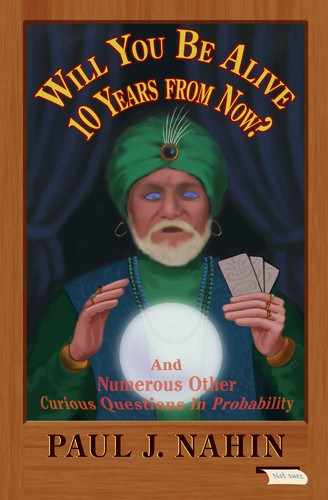Book Description
A collection of stimulating probability puzzles from bestselling math writer Paul Nahin
What are the chances of a game-show contestant finding a chicken in a box? Is the Hanukkah dreidel a fair game? Will you be alive ten years from now? These are just some of the one-of-a-kind probability puzzles that acclaimed popular math writer Paul Nahin offers in this lively and informative book.
Nahin brings probability to life with colorful and amusing historical anecdotes as well as an electrifying approach to solving puzzles that illustrates many of the techniques that mathematicians and scientists use to grapple with probability. He looks at classic puzzles from the past--from Galileo's dice-tossing problem to a disarming dice puzzle that would have astonished even Newton—and also includes a dozen challenge problems for you to tackle yourself, with complete solutions provided in the back of the book.
Nahin then presents twenty-five unusual probability puzzlers that you aren't likely to find anywhere else, and which range in difficulty from ones that are easy but clever to others that are technically intricate. Each problem is accompanied by an entertaining discussion of its background and solution, and is backed up by theory and computer simulations whenever possible in order to show how theory and computer experimentation can often work together on probability questions. All the MATLAB® Monte Carlo simulation codes needed to solve the problems computationally are included in the book. With his characteristic wit, audacity, and insight, Nahin demonstrates why seemingly simple probability problems can stump even the experts.
